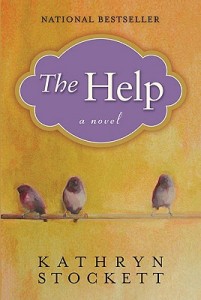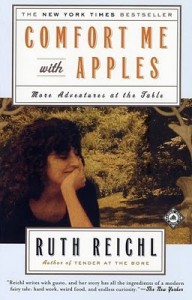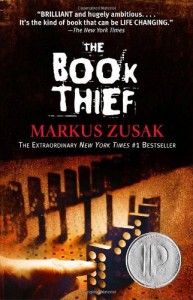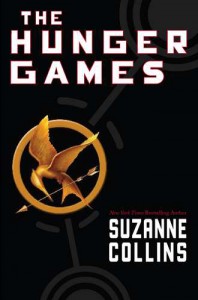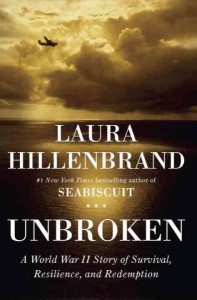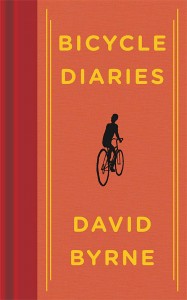Extra! Extra! Read all about Library Press Display!
Library Press Display is a great but little-known resource available through Snell Library. If you are looking for international or U.S. newspapers, Library Press Display is a convenient and easy to navigate tool that has a large collection of world newspapers from the past 60 days.
The Library Press Display home screen shows the last 7 days of important world news and events. This resource has tabs that allow you to search or browse newspapers by country, by language, or alphabetically. For most papers there are two ways to read each paper: you can click on the heading and an easy to read digital version of the article will appear, or you can choose to zoom in on the actual pages of the paper and read the articles as you would if you had the paper copy of the newspaper in your hands.
For international users who prefer to navigate Library Press Display in their first language, the display can be switched to Arabic, French, German, Italian, Japanese, Russian, Spanish, and Traditional Chinese. The language can be switched on the labels, tabs, and buttons.
Don’t forget, Snell Library also has several other news and newspaper resources available! For general news try Access World News. For other newspapers, including historical newspapers, check out Snell Library’s newspaper resources page.
 Interested in fiction? If so, meet Gary Braver, who reads from his new suspense novel,
Interested in fiction? If so, meet Gary Braver, who reads from his new suspense novel,  Capping off the season is a very special event:
Capping off the season is a very special event: 